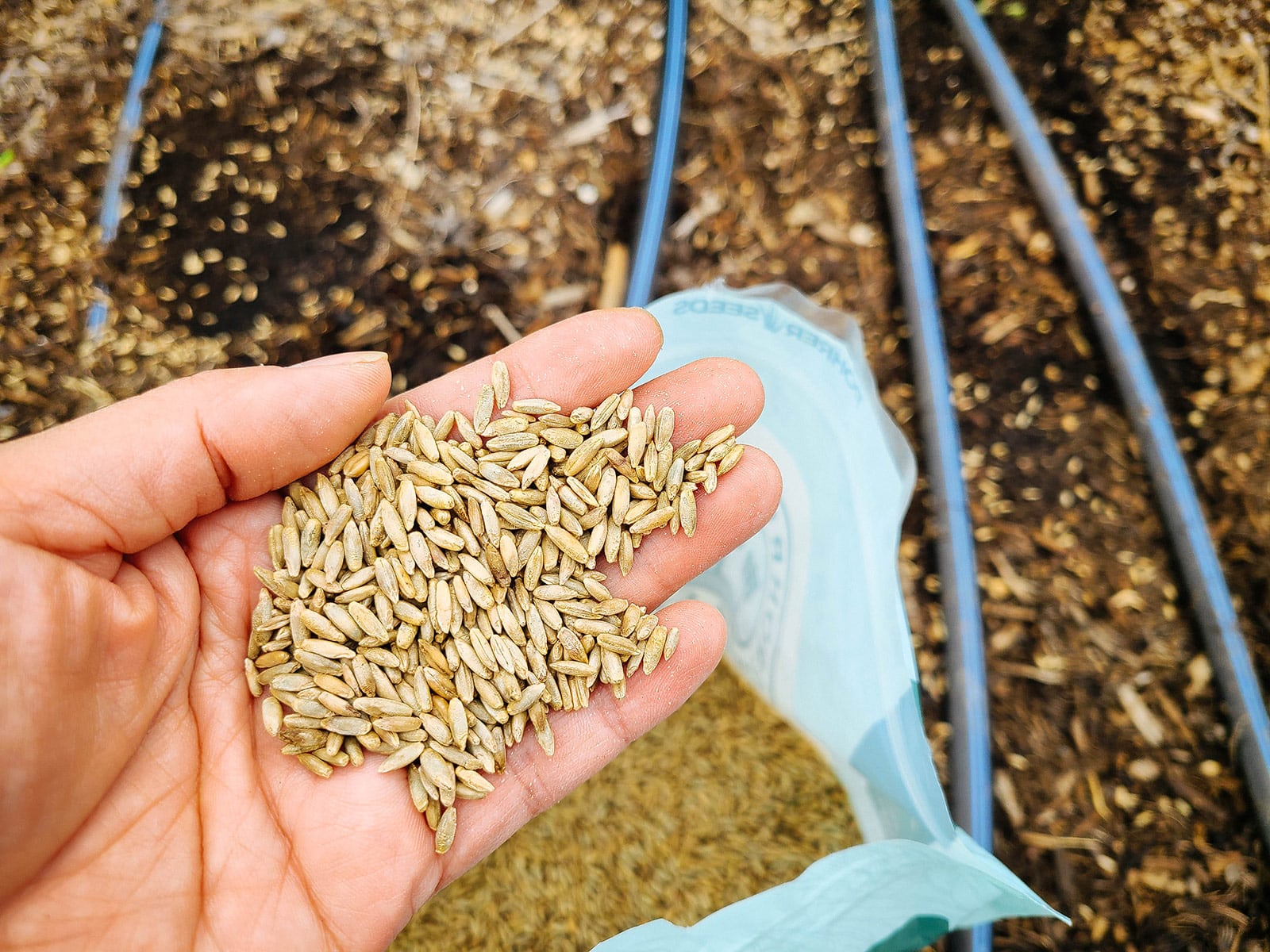In case your yard has been churning out harvest after harvest since early spring, it’s more likely to be feeling and looking out a bit robust correct now: compacted or eroded soil, weeds poking up in newly empty areas, and far lower nutrient ranges after you pulled out that monster zucchini crop.
It’s easy to overlook soil when all the fun is in your greens and flowers, nevertheless yard soil is loads further than merely “the underside.” Soil building and soil nutritional vitamins have all of the issues to do with how properly your crops develop!
You want soil that drains properly nevertheless nonetheless holds on to some moisture. You want it free adequate for healthful root progress, nevertheless not so sandy that water and nutritional vitamins run out too shortly. You want a great deal of NPK for productive crops nevertheless not an extreme quantity of of anyone issue.
So how will you rebuild your soil this fall to prepare for the vigors of spring?
Disclosure: Whenever you retailer from my article or make a purchase order order by way of one in every of my hyperlinks, I am going to get hold of commissions on just a few of the merchandise I wish to suggest.
It begins with a layer of compost.
Every fall, excessive robe your yard beds with compost. There’s no must dig it in, merely unfold a pair inches on excessive of your present soil and let nature do its issue. This restores nutritional vitamins and likewise supplies amount, as a bit soil is misplaced every time you pull out crops.


As that compost naturally works its means down into the topsoil, it supplies pure matter, will improve microbial train, and balances soil density, all of which help to boost the development of the soil.
Excessive it off with mulch.
Compost by itself is an environment friendly mulch, nevertheless your yard is likely to be filled with free pure mulch in autumn that you just may as properly use!
Fallen leaves (ideally shredded, within the occasion that they’re huge and thick), pine needles, grass clippings, twigs and small branches, even annual weeds that haven’t gone to seed all make fantastic mulch supplies. If a storm brings down just some branches in your yard, run them by way of a wood chipper and scatter the chips spherical shrubs and timber.
I considerably like using plant particles as a method of sustaining a closed-loop yard (the place all yard waste goes correct once more to the soil it grew in). Proper right here’s one in every of my free mulches that I typically have yearly: vines left over from an infinite pea crop. The vines are gentle and fluffy like straw, nevertheless on account of the vines get all snarled, they don’t blow away as merely.


Most people don’t use adequate mulch, so don’t be shy—layer on just some inches. (I’m going as deep as 6 inches on perennial beds to protect crowns and roots over winter, then take away all nevertheless 2 inches sooner than new improvement appears in late winter to early spring.)
Mulch prevents erosion, retains moisture, affords pure insulation to take care of your soil at further common and safe temperatures, and protects in direction of frost heaving. Which suggests a lot much less stress from heat domes and fewer harm from onerous freezes.
Whenever you’re planting a fall yard, merely pull the mulch aside, plant, and push the mulch once more into place (taking care to not pile it up in direction of the stems of your crops).
Whenever you don’t plant a fall crop, then plant a cover crop.
Cowl crops are seeded in fall (densely, like seeding grass) and left to develop over winter to work their magic in your soil. There’s a cover crop for fixing nearly any downside, whether or not or not you want to break up onerous soil, replenish misplaced nutritional vitamins, or reduce soil-dwelling pests.


For compacted areas, plant daikon radish so their roots can “drill” deep into the soil. Whenever you grew numerous heavy-feeding crops like tomatoes and squash in your beds, plant bushy vetch, Austrian winter peas, or fava beans to excessive up nitrogen ranges. In the event you want to suppress weeds, winter rye will crowd them out. Clover can maintain soil from washing away in winter, and mustards would possibly assist administration root-knot nematodes.
Loads of these cowl crops are moreover edible, so you can harvest salads for the next two seasons whereas the dual-purpose crops improve your soil!
